A Week in Kyoto, Japan
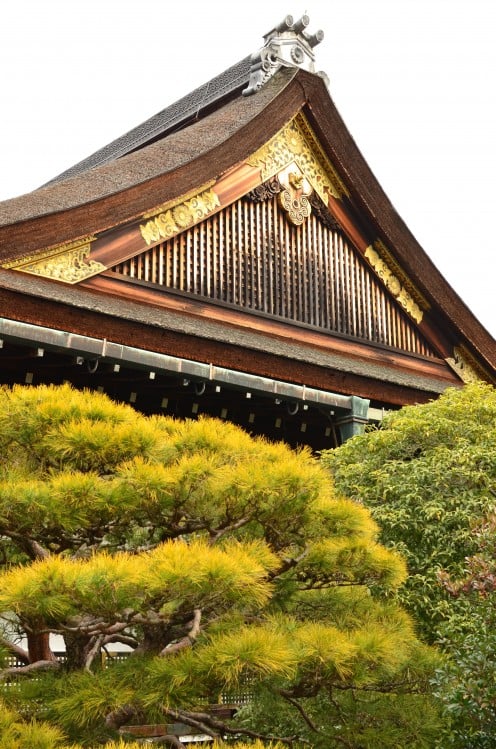
Do you have Japanese Friend?
Unlike most people who visit Tokyo or Osaka during their first visit, i chose Kyoto and made it a base to explore the areas around it. To be honest, i was quite apprehensive about going to Japan. How will i cope in a place where people don't speak English? Furthermore, i was travelling alone. On the night flight from Singapore to Osaka, a Japanese looking air stewardess at Singapore Airlines smilingly asked me if i could speak Japanese? I was one of the very few Indians on that flight.
As i was making an exit at the Osaka airport, i was stopped by the security guard. I thought he wanted to check my bags. He looked at me, a bit concerned, and asked in English "Are you travelling alone?" and 'Do you have Japanese friend?". I told him no to both questions with a confident smile. He waved me to proceed anyways.
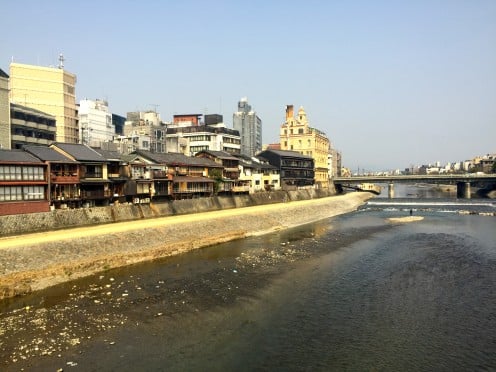
River Kamogawa
It is always my habit to have a river walk on my first day in a new city. I am always drawn to water bodies. Readers would be interested to read about my similar walks along River Esk and Derwent in Tasmania (refer to links below)
There is a vintage feel to the Kyoto (Kamogawa) river and the buildings along it. The river is rather shallow and the water flowing through it originates from the mountains nearby. The spot where the Takano and Kamo river join is called the Tadasu River Bank. This triangular area is popular with tourists and Japanese film makers.
- Travel Log: Launceston, Tasmania
The reason why i wanted to go to Launceston was to visit the Cradle Mountains. It was a convenient launch pad. But i was pleasantly surprised to see that Launceston had its own charm and beauty. It is a city for those who like the quiet life.
- Travel Log: Hobart, Tasmania
The objective of this article is to share about my honest experiences at Hobart, Tasmania and the surrounding towns with you.
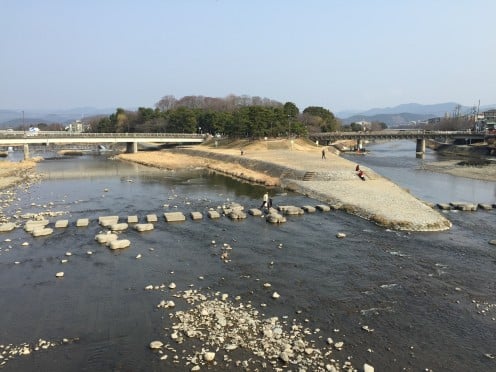
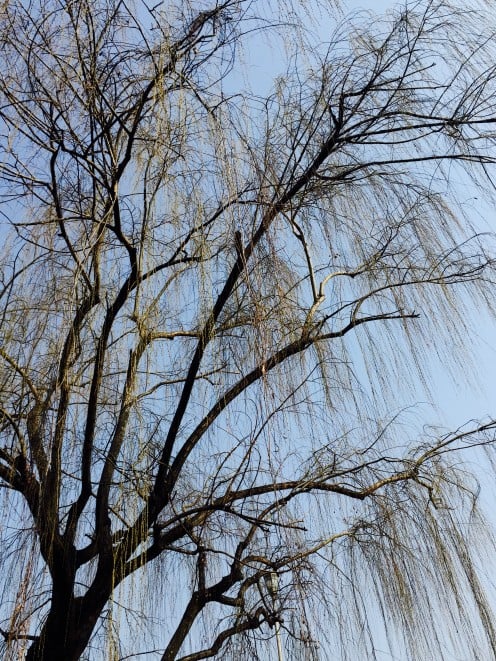
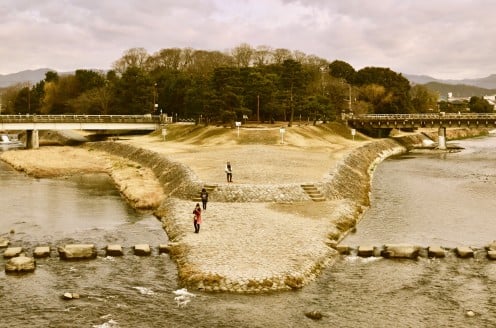
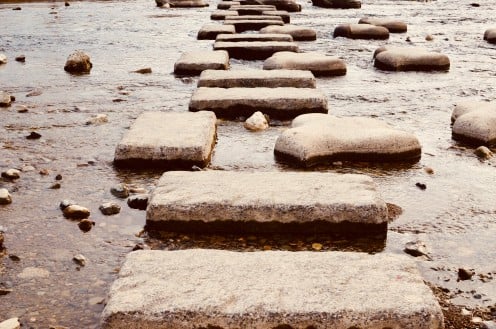
Walking around Kyoto
Kyoto can get crowded and since i was there before the cherry blossoms period, it was relatively less crowded. As i was walking, i realised that not everyone is Japanese. From the languages they spoke and their dressing, it is apparent that many are from Korea and China.
The covered markets at Teramachi and Shinkyogoku are useful to get under when the weather turns bad. I particularly enjoyed eating Tonkatsu dishes and frequented the Katsukura Tonkatsu restaurant at Teramichi.
I remembered that i got hungry while walking up to the Golden Temple and decided to enter a small restaurant. It looks like a place where the elderly locals eat and the owner could not speak English. He asked me "American?" Maybe he mistook me for a black american! I told him "Ten-don" and he knew what i wanted!. I think if you take an average Japanese restaurant at Kyoto, the meals are hands down way better than the Japanese restaurants in Singapore. Even the McDonald's tastes good.
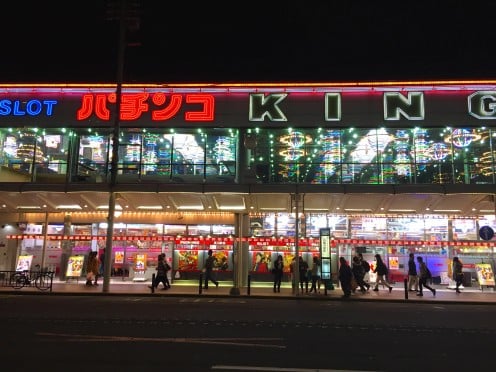
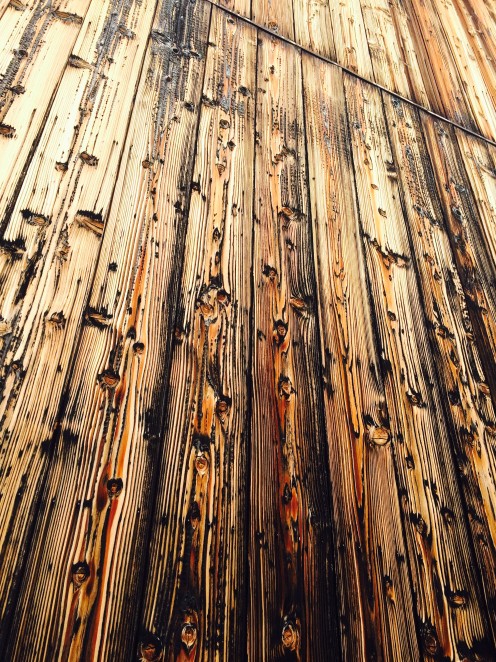
The People
The reason why it is so easy for someone like me who doesn't speak Japanese to get around Japan are the people. Even though many Japanese can't speak English, they try their best to help me get around. People are generally courteous and the service orientation at shops and restaurants is excellent. It seems like they follow a process in whatever they do.
However, there was one incident where a frail, old man boarded a crowded train from Kyoto to Inari. Strangely, no one gave up their seat to him and i wondered why. So i rose up and gestured him to take my seat.
Shinto Shrines, Round Mirror and Holy Tree
Kyoto is home to many and some of the oldest Shinto shrines. It is common to see a round mirror at Shinto Temples and I wondered what it symbolises. Maybe it is a reminder to look into yourself. The world is a reflection of your thoughts. At the forested area near the Tadasu River Bank, i came across the Shimogamo Shrine which is one of the oldest shrines in Japan. I was instinctively drawn to a tree which i think is holy, judging by the strings and paper attached around it.
It is also common to see Ema boards of various designs at Shinto Shrines. This are used by devotees to wish for whatever they prayed for. This has some parallels with Hindu Temples in South India where devotees tie strings or amulets on holy trees to make a wish.
Another shrine that i visited was the Kitano Tenmangu Shrine which is a highly regarded shrine dedicated to the royal scholar Sugawara-no-Michizane. At the shrine, there is a bull statue which resembles Nandi, the Hindu vehicle for Lord Shiva.
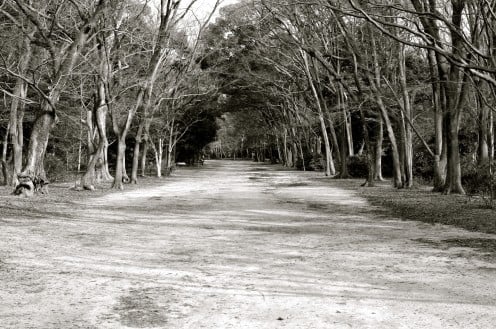
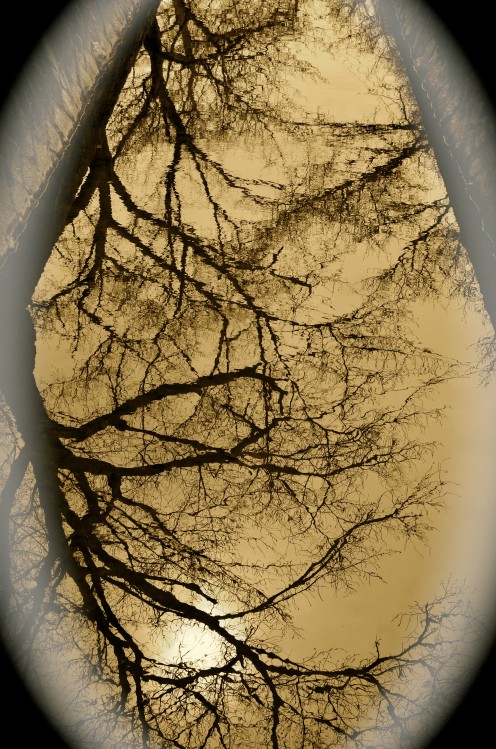
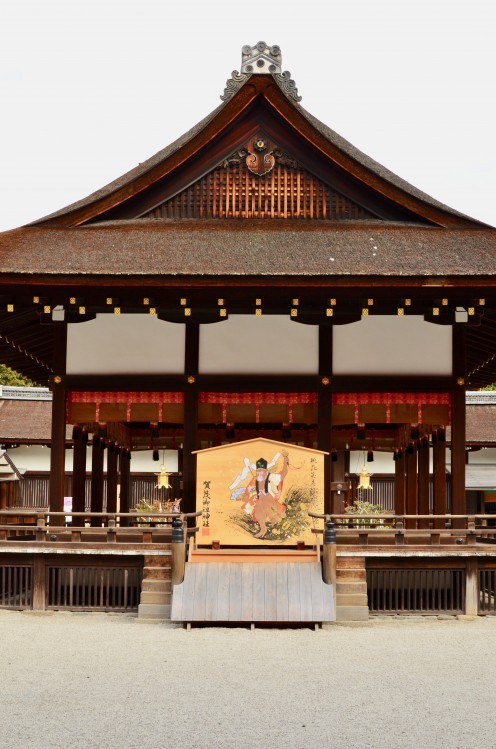
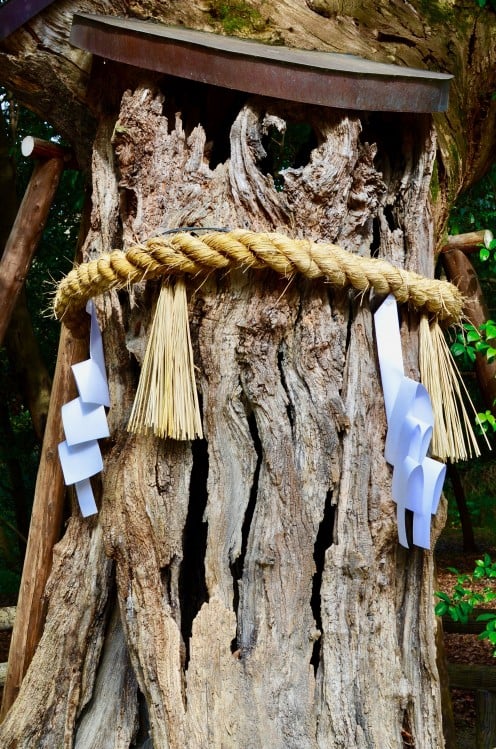
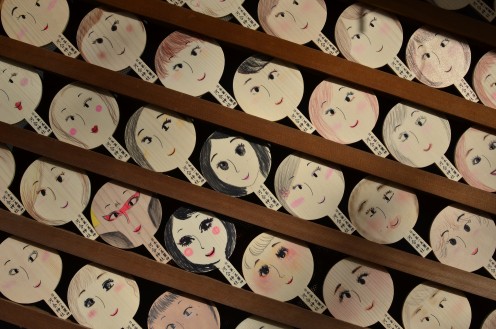
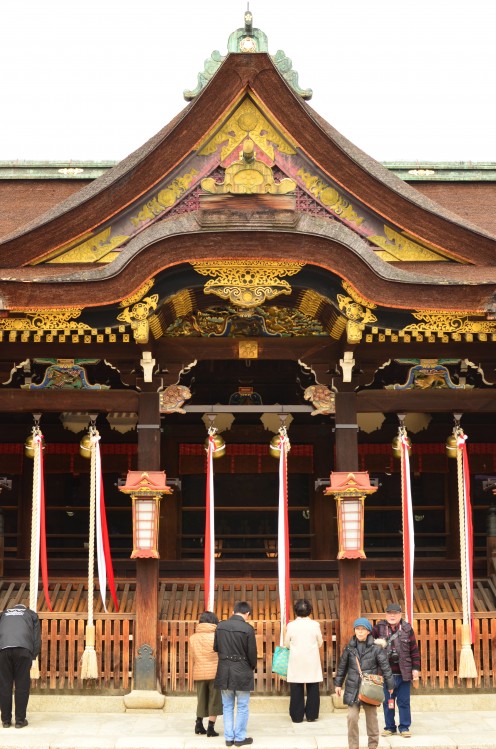
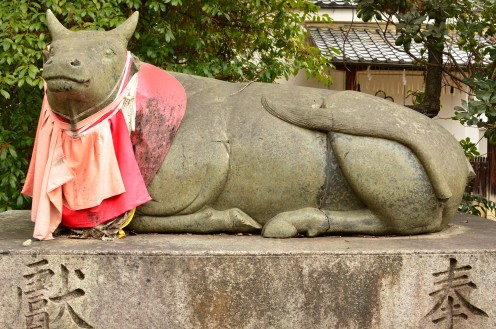
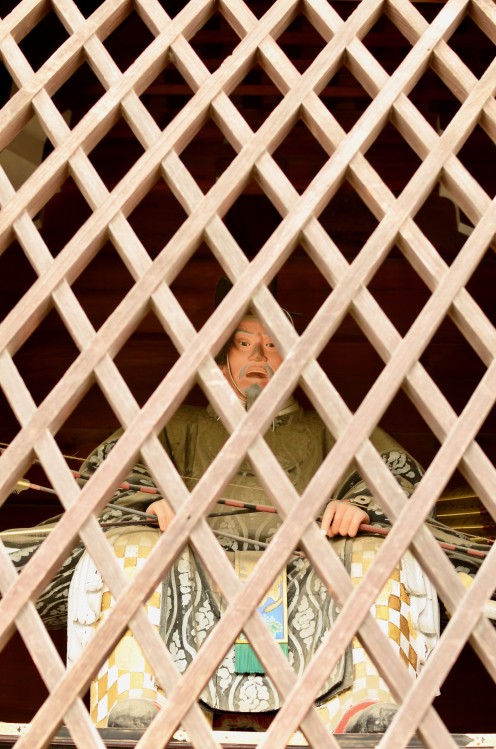
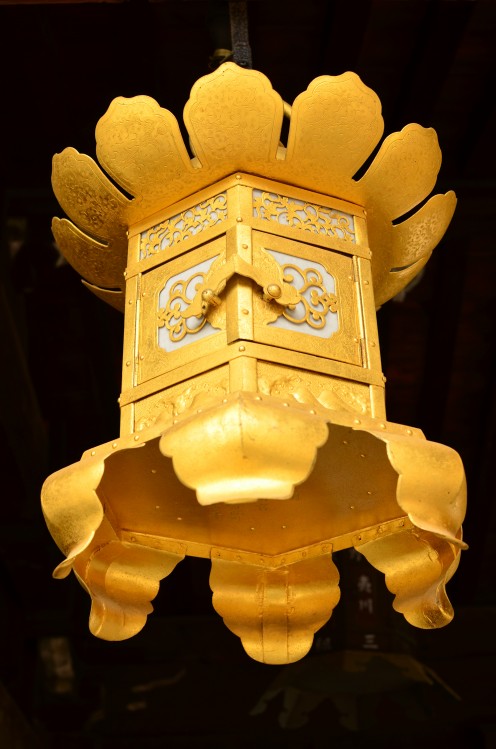
Gold & Silver Temples
The Japanese are the masters of simplicity, beauty and function. The Zen approach to strips everything down to bare essentials and the architecture resembles that. The use of wood, little or no furnishings, widespread use of cushioned mats are common in even palatial buildings. The Silver Temple (Ginkaku-ji Temple) exemplifies this. It is a simple building that has one of the most beautiful and well crafted gardens. And there is no silver in it!
Unlike the Silver temple, the Gold Temple (Kinkaku-ji Temple) does have gold in the form of gold leaf decoration on the building structure. I personally felt that the Gold temple building was more beautiful.
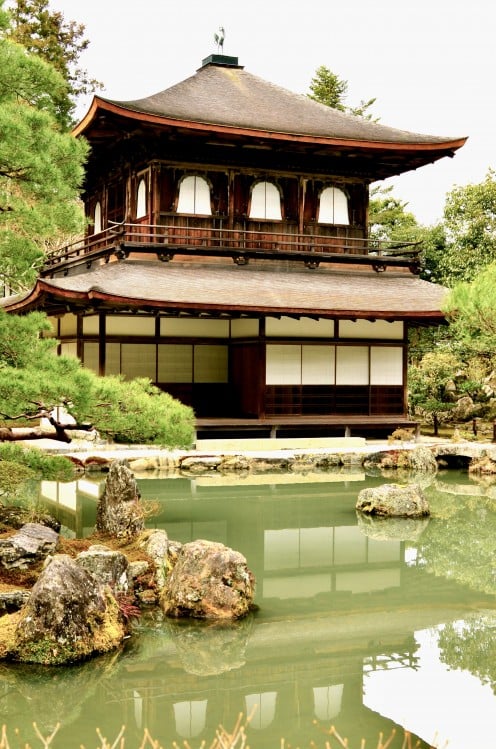
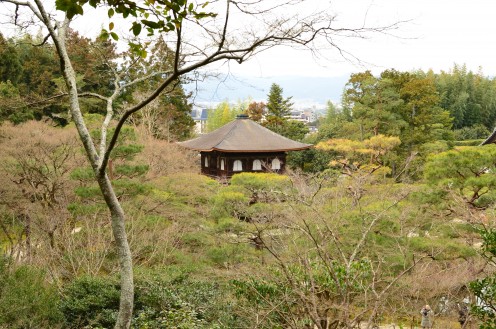

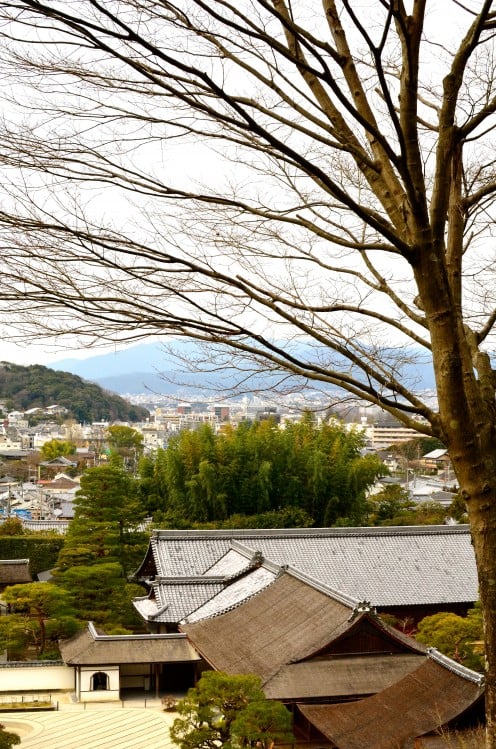
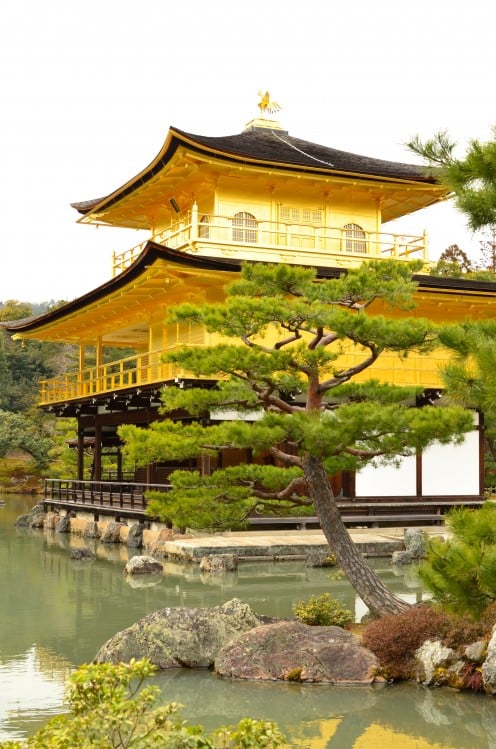
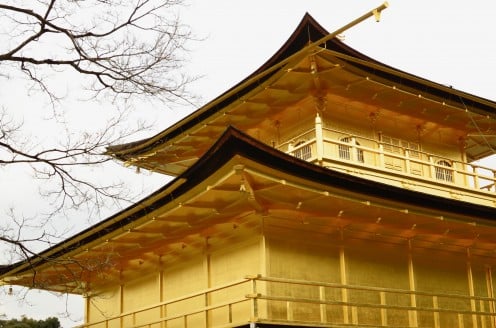
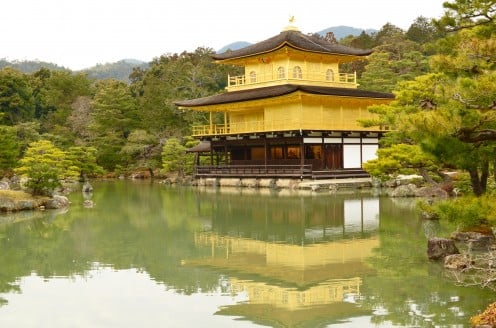
Kyoto Imperial Palace & Gardens
"Do you have a passport?" asked the receptionist at the Imperial Palace grounds? I said no as i thought it was unsafe to walk around with my passport. I thought she will decline my request to do the Palace tour. But she said "that's fine as long as you have the passport number". While being strict on rules, the Japanese also know how to relax depending on the situation. Or maybe i looked innocent!
The guided tour within the palace is tightly controlled and well executed. The Imperial Palace grounds is huge. It was a bit uncomfortable walking along the pebble stones to get to the palace entrance but one can't understand how huge is the palatial ground until one experiences it.
The Zen or minimalistic approach is also adopted in the palace in the form of wood structures, cushioned mats, simple furniture, well manicured gardens and pebble stones.
The Kyoto Imperial Gardens is a good place to walk around and relax. The park has many types of exotic trees which i have not seen before, like the heritage tree below.
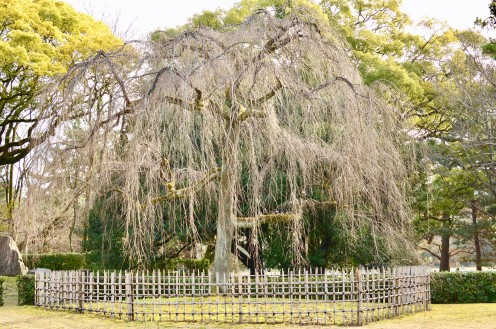
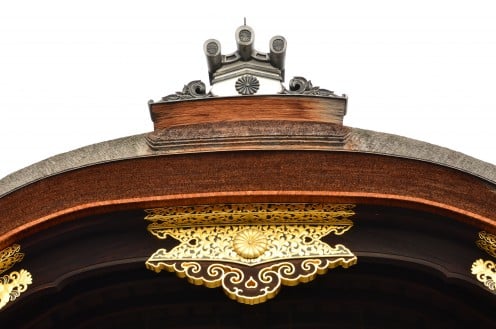
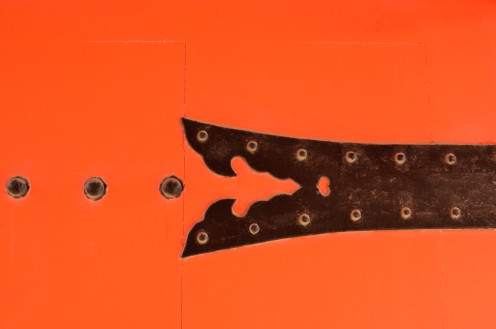
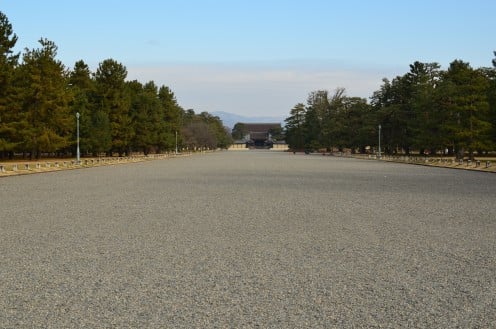
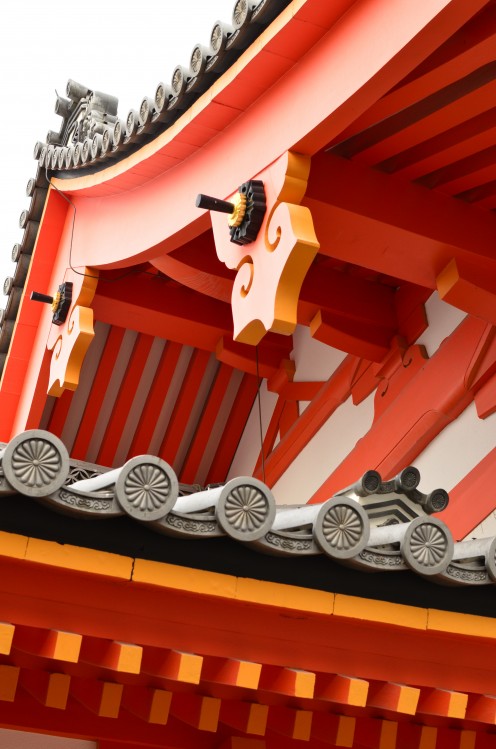
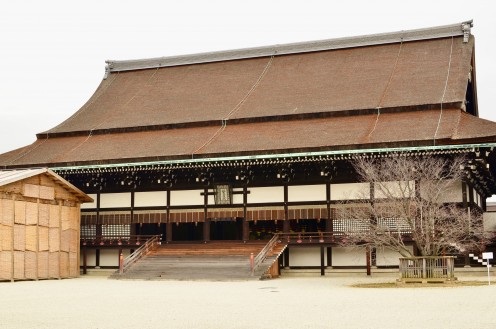
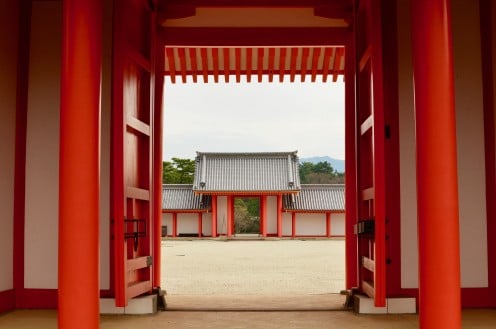
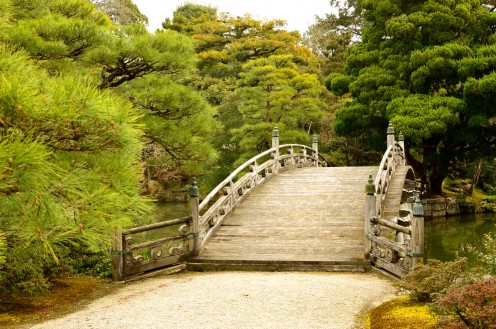
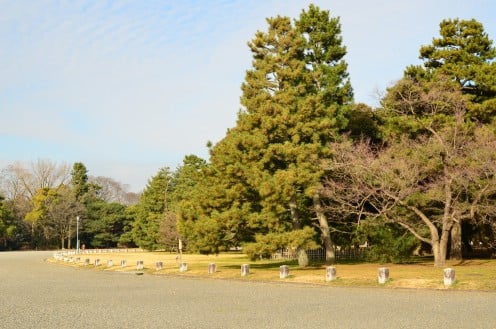
Goodbye Kyoto. I will be back!
Kyoto has left me with some great memories of Japan. I will be certainly back and want to spend a few months travelling up and down the country.
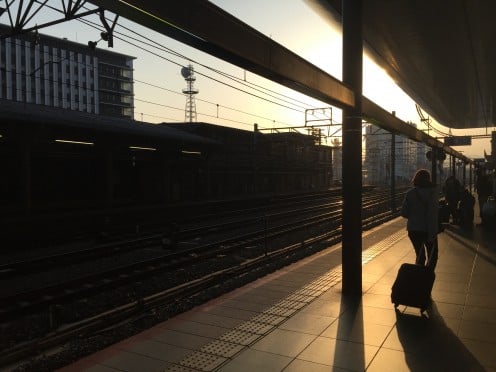
© 2019 Sivakumar Sathiamoorthy








